Marine & Freshwater Environmental Education
Follow BCS on Twitter
My TweetsWant updates on BCS posts?
Scroll through the BCS archives …
Learn more on …
Random posts from BCS …
Action Project Ideas: During the Holidays (4 of 5)
One idea I had when I started this website almost ten years ago was that I wanted to make science simple and accessible. I hope I have created a place where questions on anything from barnacles to whales can be answered in a knowledgeable no-nonsense or overly jargon tone. My secondary goal has also been […]
Penguins and pebble proposals
Have you seen this floating around the internet these days “33 Awesome Marriage Proposals You Couldn’t Say No To“? Well, I’m a romantic so I read them all and boy was I excited when I made it to #32 … all about that cute and fluffy flightless bird, the penguin. Check out the image below: […]
Who is afraid of Atlantic wolf(fish)?
The Atlantic wolffish (Anarhichas lupus) may look rather frightening, but, the fish will only harm you if it is out of water. This is rather understandable since it is out of its natural habitat. It prefers to live on rocky bottoms of the ocean floor in very deep, cold waters. These fish have high concentrations […]
Start a beachcomber bean bonanza
Off to the sunny shores of Florida for a little getaway this winter? Try a little something different, and instead of seeking out seashells – look for some beans (Of course also try to remember the phrase “Take only pictures, leave only footprints“)! Due to the various currents that collide near the south Atlantic coast […]
Nine signs of summer you’re still a kid at heart
Exercise and Teenagers Exercise is an important part of keeping teens healthy. Encouraging healthy lifestyles in children and teens is important for when they grow older. Lifestyles that are learned in childhood are more likely to stay with the child into adulthood. Some changes in lifestyle can be harder to make as a person ages. […]
Just Flip ‘Em
If you do not already know, the Atlantic horseshoe crab is my favorite animal. It just breaks my heart when I am home and see a few crabs stranded along the wrackline. One thing that can be done for the animals that are still alive is to ‘Just Flip ‘Em’ (JFE). JFE is a program […]
Two eggs and a side of glasswort, please
While I was trolling the aisles of Whole Foods the other day, I stumbled upon a familiar salt marsh plant known as glasswort (Salicornia virginica). When I would lead early morning nature walks along the beaches in Florida this marsh herb was a plant I enjoyed finding! Here’s the interesting anecdote I’d share with my […]
Swiped bass
The striped bass (Morone saxatilis) is the state fish of Maryland, Rhode Island, South Carolina, and the state saltwater fish of New York and New Hampshire. The fish is commonly referred to as the rockfish. The fish supports a $6.5 billion per year industry with 60,000 jobs as a recreational game species. Read more about […]
Mother Nature vs. Santa Claus? 13 reasons Mother Nature should always win
Say it isn’t so! Unfortunately, it’s the truth: Toys ‘R’ Us has pitted Mother Nature against Father Christmas. In case you missed the buzz in late October and early November about the Trees vs. Toys commercial I’ll share some of the outrage (that I share, but haven’t expressed until now) from Twitter. So how exactly […]
Jellyfish protein help create glow-in-the-dark ice cream
Looks like seaweed isn’t the only ocean organism used to make ice cream a special treat these days, particularly if its glow-in-the-dark ice cream. Charlie Francis, British ice cream creator, partnered with a Chinese scientist interested in understanding the nuances of jellyfish proteins, to synthesize the fluorescent jellyfish protein specifically for use as part of […]
Flickr photos …
What people are saying …
- Robert Emahiser on Why you should never walk on dunes
- Lesa on 10 brief facts on bioluminescence
- Lisa on Limulus Love
- Beach Chair Scientist on 17 facts about the wee sea potatoes
- Bernard Rejterada on 17 facts about the wee sea potatoes
- Brian on What is the difference between a summer and winter flounder?
- Inbound marketing on 15 facts about the Portuguese man-of-war that’ll have you saying “Didya know…?”
- Donnie Huckabee on Wordless Wednesday | Shell art
- John on Why you should never walk on dunes
- ItzJaylaD on What I know about whale sharks
Top posts & pages from BCS …
- Hurricane vs. Cyclone vs. Typhoon
- A House for Hermit Crab
- How to handle a horseshoe crab
- Snot's your house
- Wednesday Wisdom: Various quotes (Alaska scenes)
- A naturalist's must-see destination: Fossil Hunting at Bayfront State Park in Chesapeake Beach, MD
- Belly biology creates lasting memories
- Five awful puns about courtship in the sea
- Horseshoe crabs confirmed as members of arachnid family
- Beyond the bag: Other plastics being banned

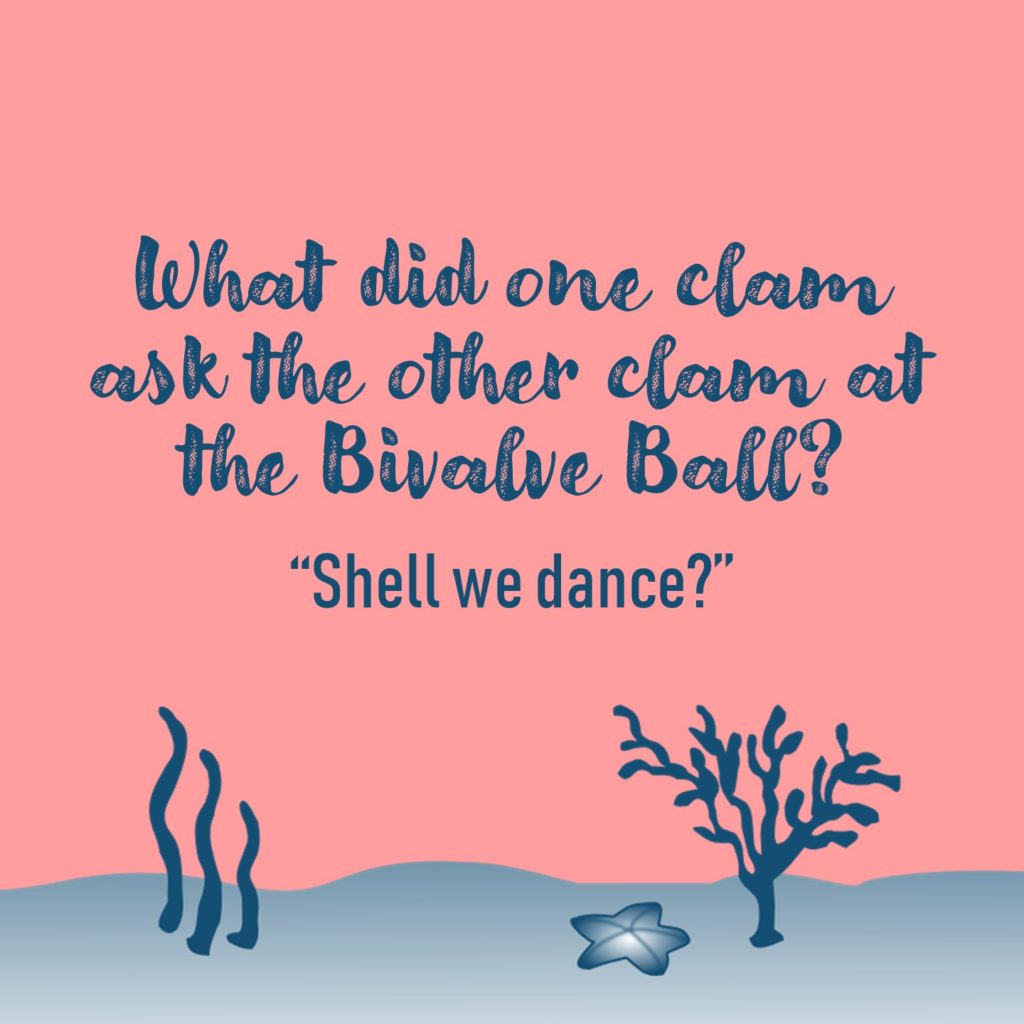
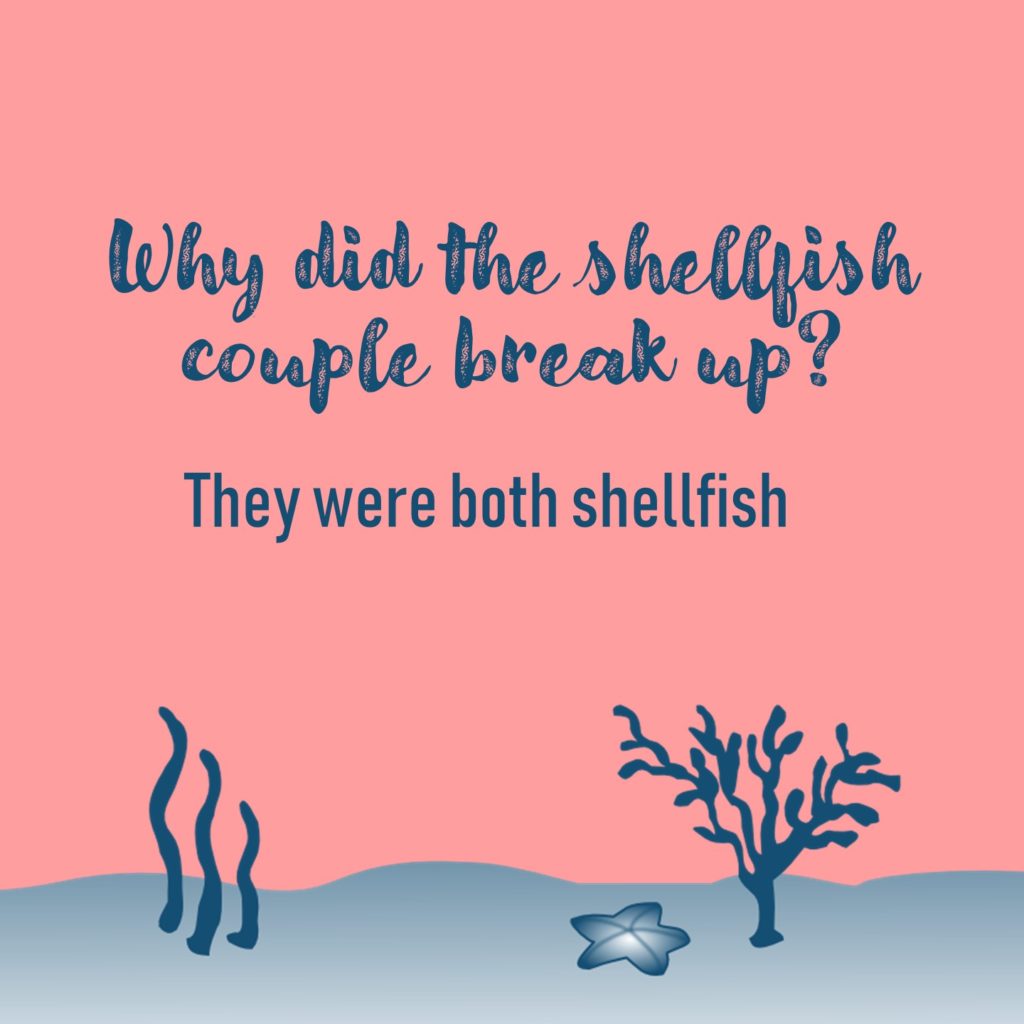
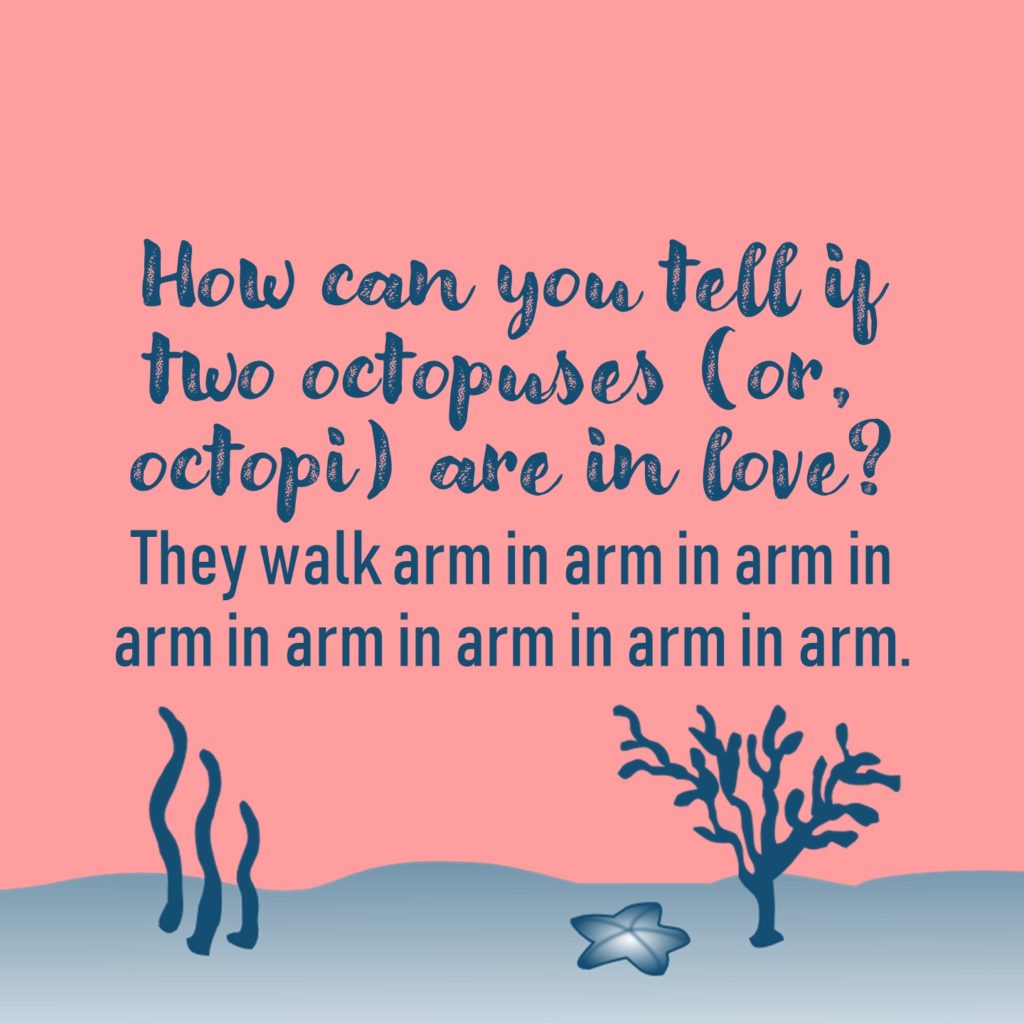
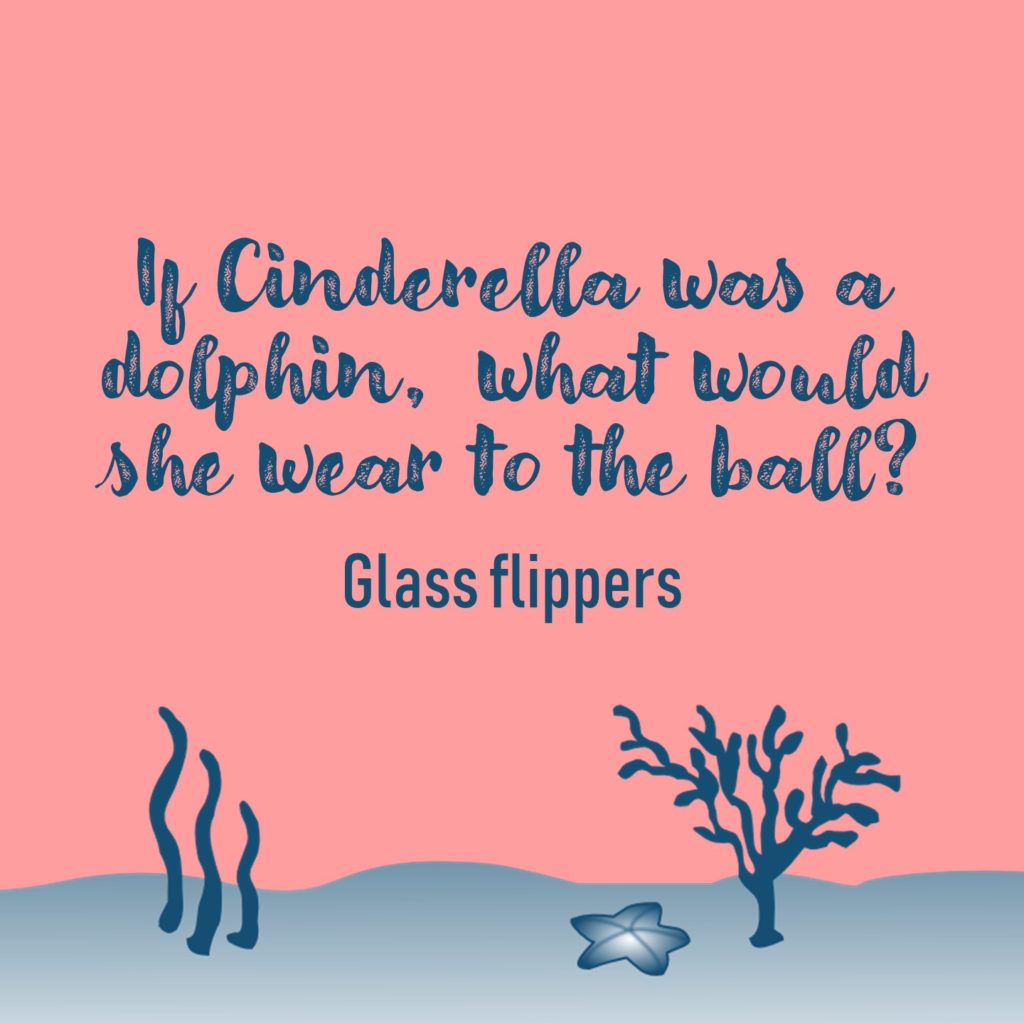

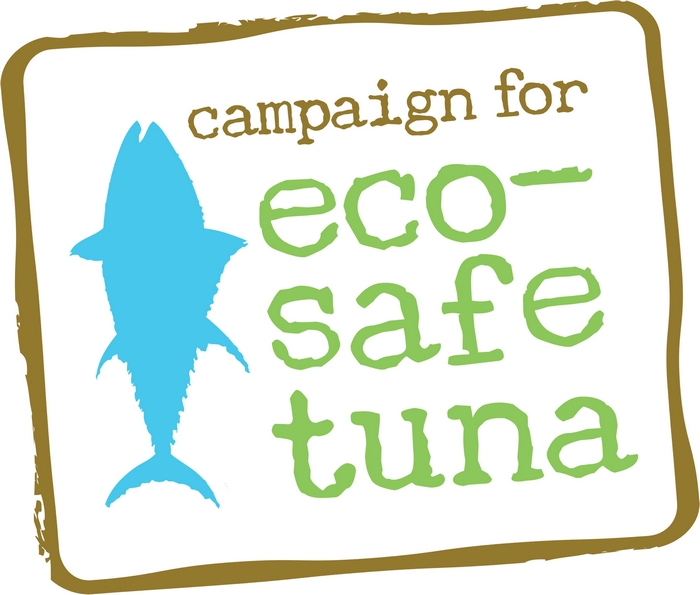


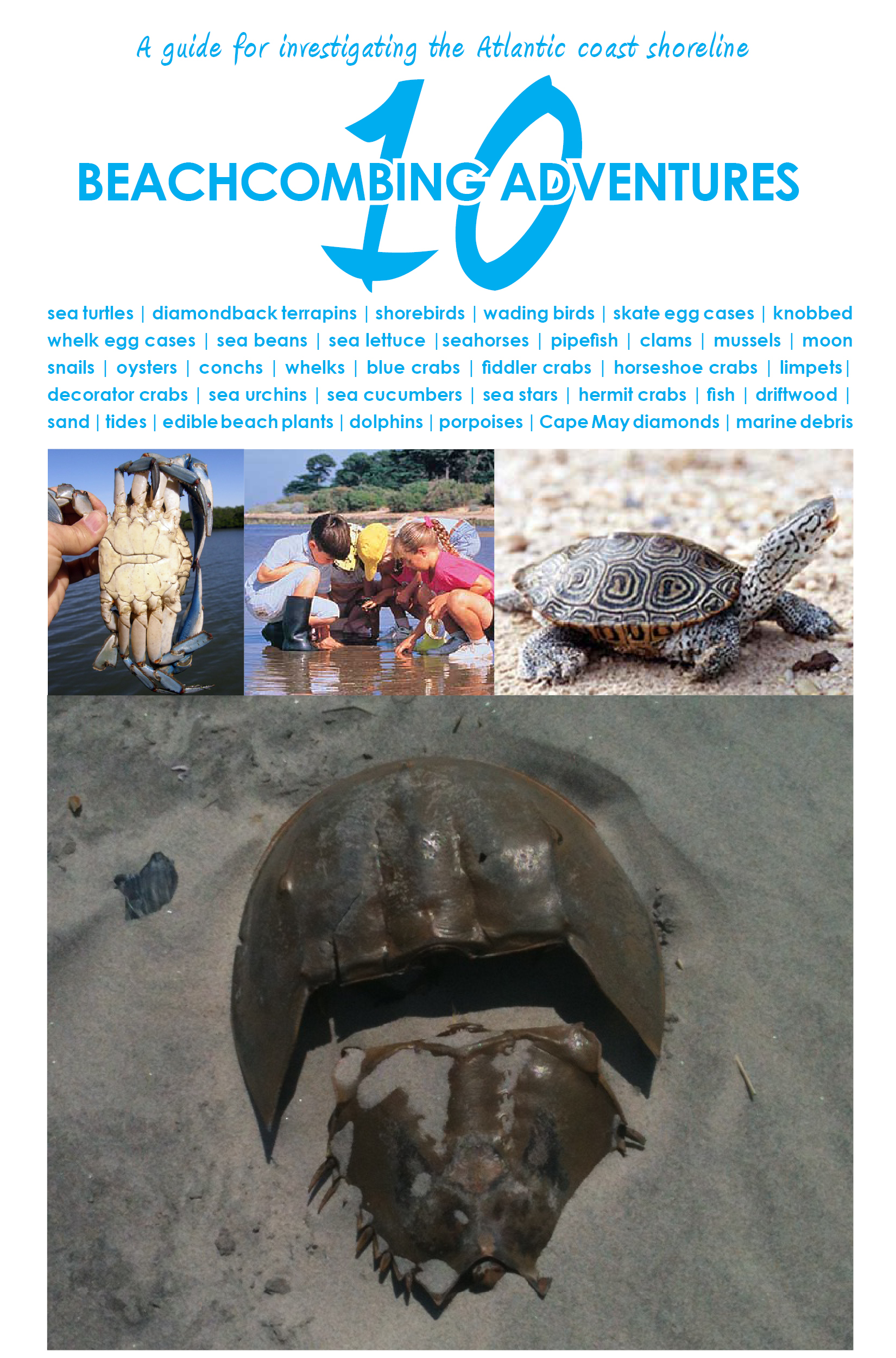

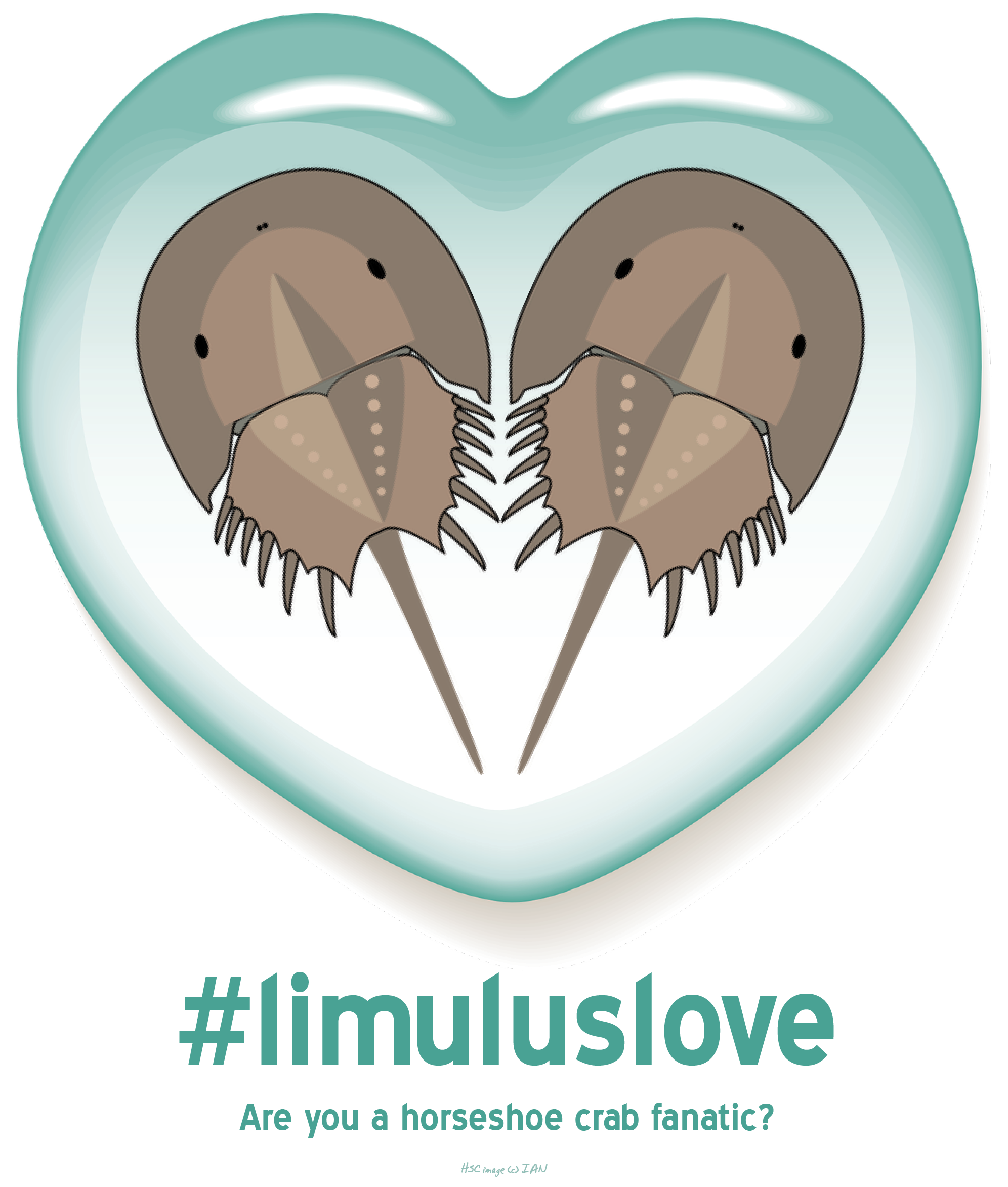
Speak Your Mind